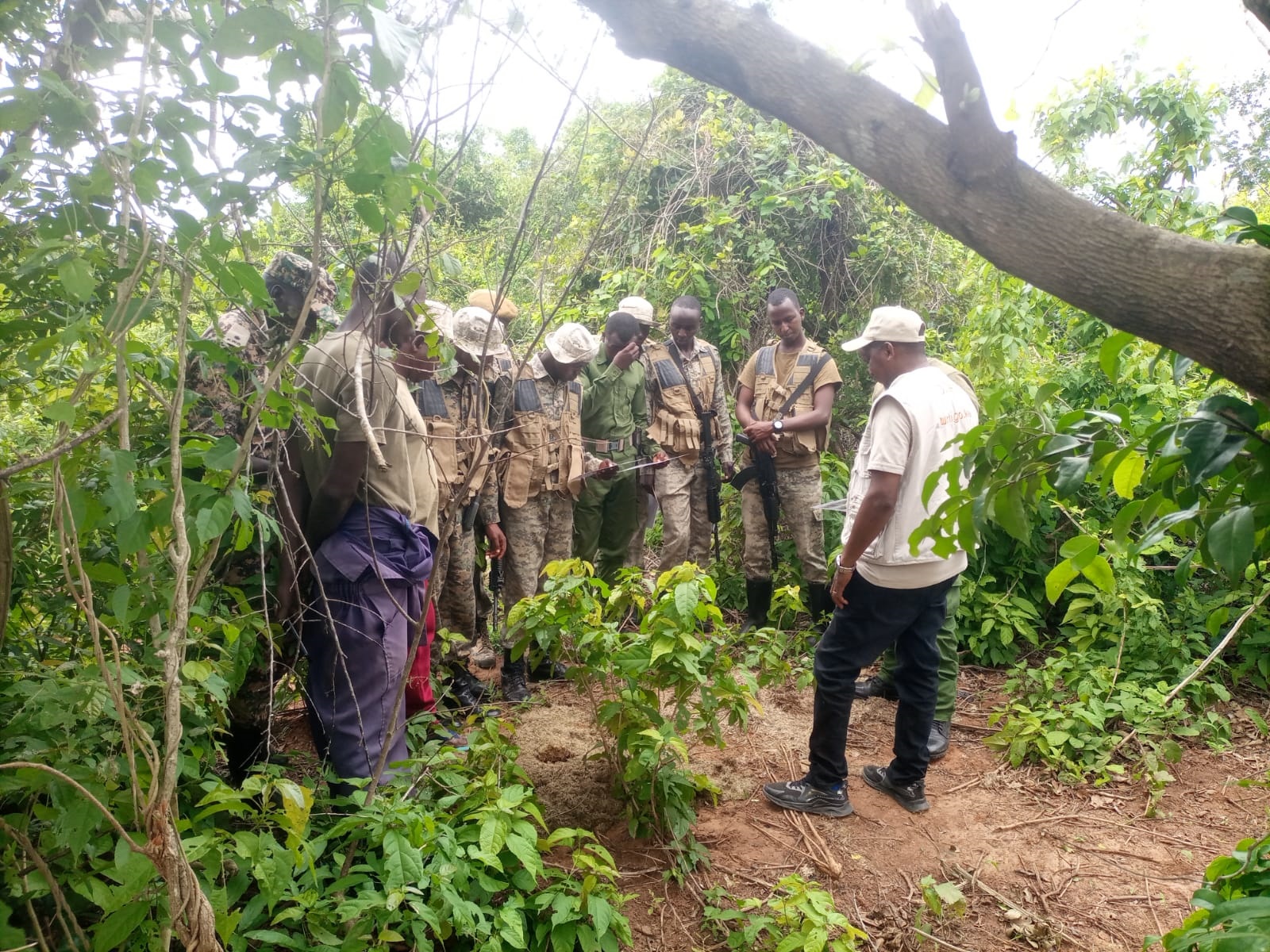In a bid to understand elephant populations’ numbers and distribution in the country’s forested ecosystems, the Institute, on May 28, 2025 embarked on the Mau Forest Complex and Shimba Hills elephant survey which applied the total line-transect dung count.
This approach estimates elephant population size by counting dung piles, while factoring in additional two key parameters: the defecation rate of the elephants and the rate at which the dung decays.
To ensure accuracy, the Institute’s scientists trained assessors drawn from Kenya Wildlife Service, Kenya Forest Service, Mara Elephant Project and County Government of Narok to support the exercise.
The assessors measured dung decay rates in the Mau Forest Complex and Shimba Hills in a bid to obtain an optimal sample size that yields a precise estimate of decay rates across these forests.
This assessment focused on determining site- and season-specific dung decay rates—one of three crucial parameters required to model the population status of forest-dwelling elephants.
Dung decay rate is particularly sensitive—slight variations can significantly affect population estimates. The decay rate varies considerably depending on factors such as rainfall, sunlight exposure, and biological activity.
Given its strong influence on the final estimates, this parameter must be measured with utmost care.
Findings from the survey were expected to play a crucial role in informing elephant conservation strategies, guiding policy decisions, and enhancing the management of Kenya’s forested ecosystems.
The exercise was supported by WWF-Kenya, underscoring the importance of collaborative conservation efforts.

